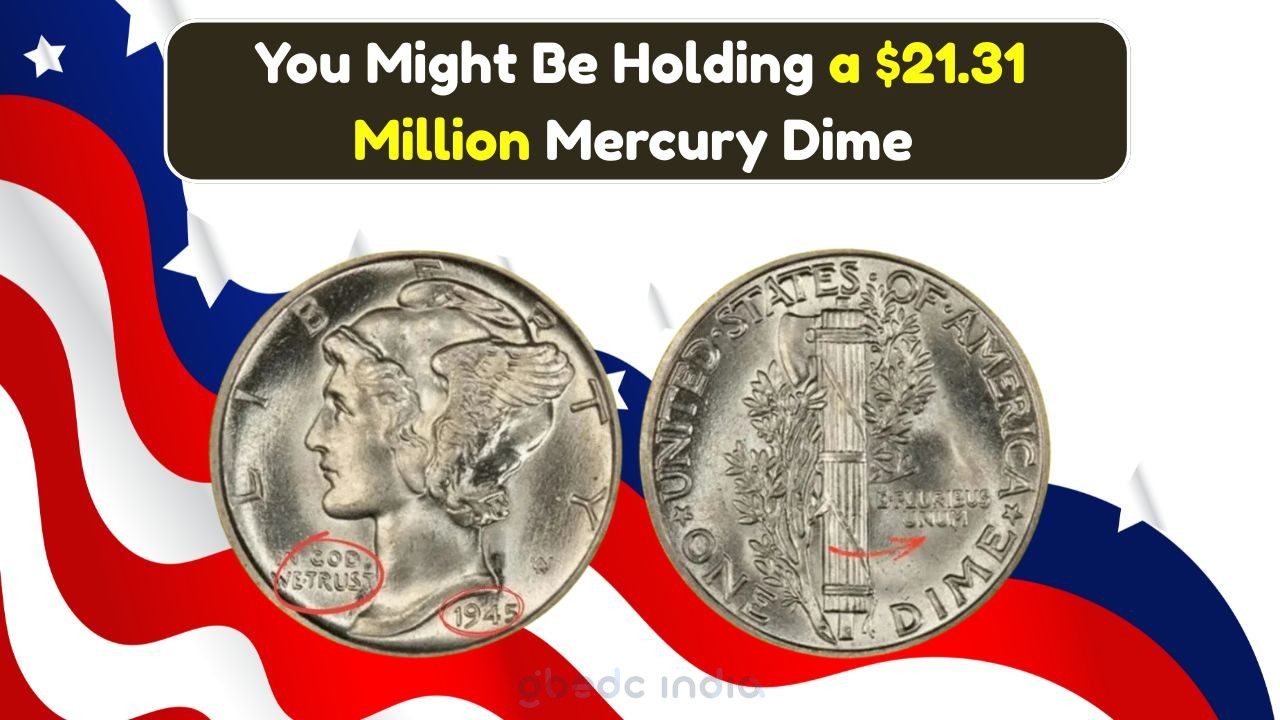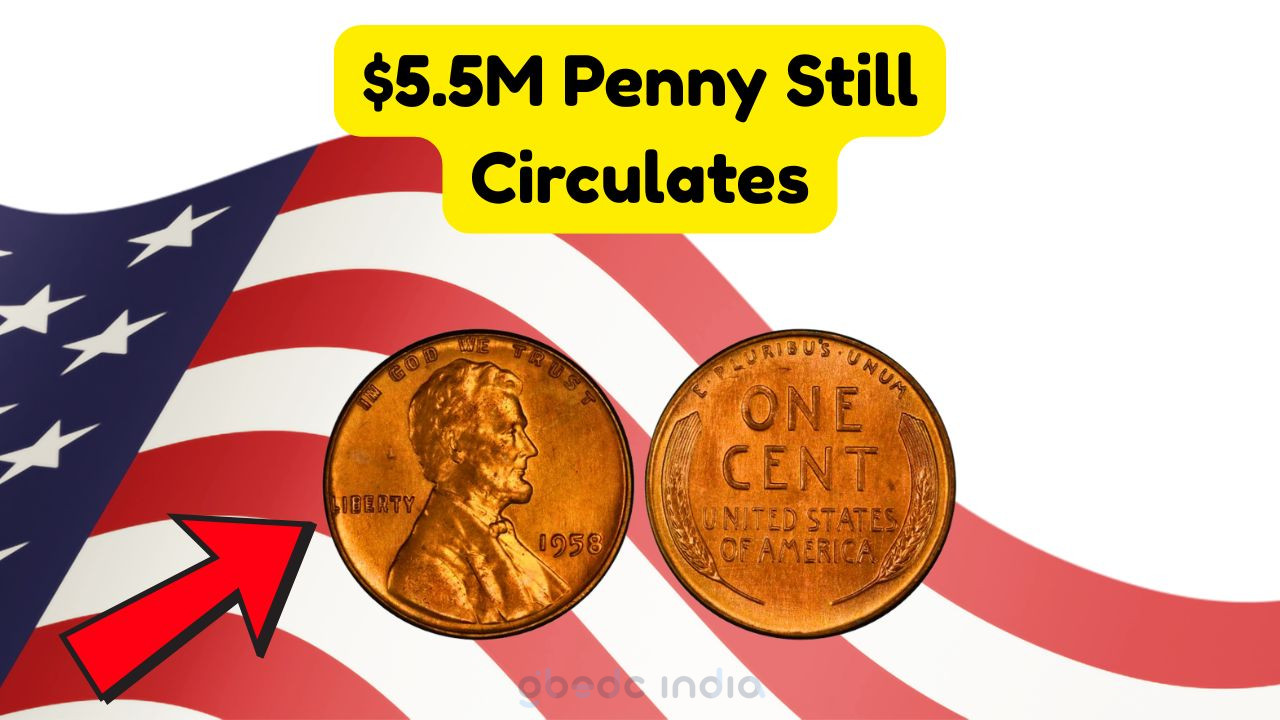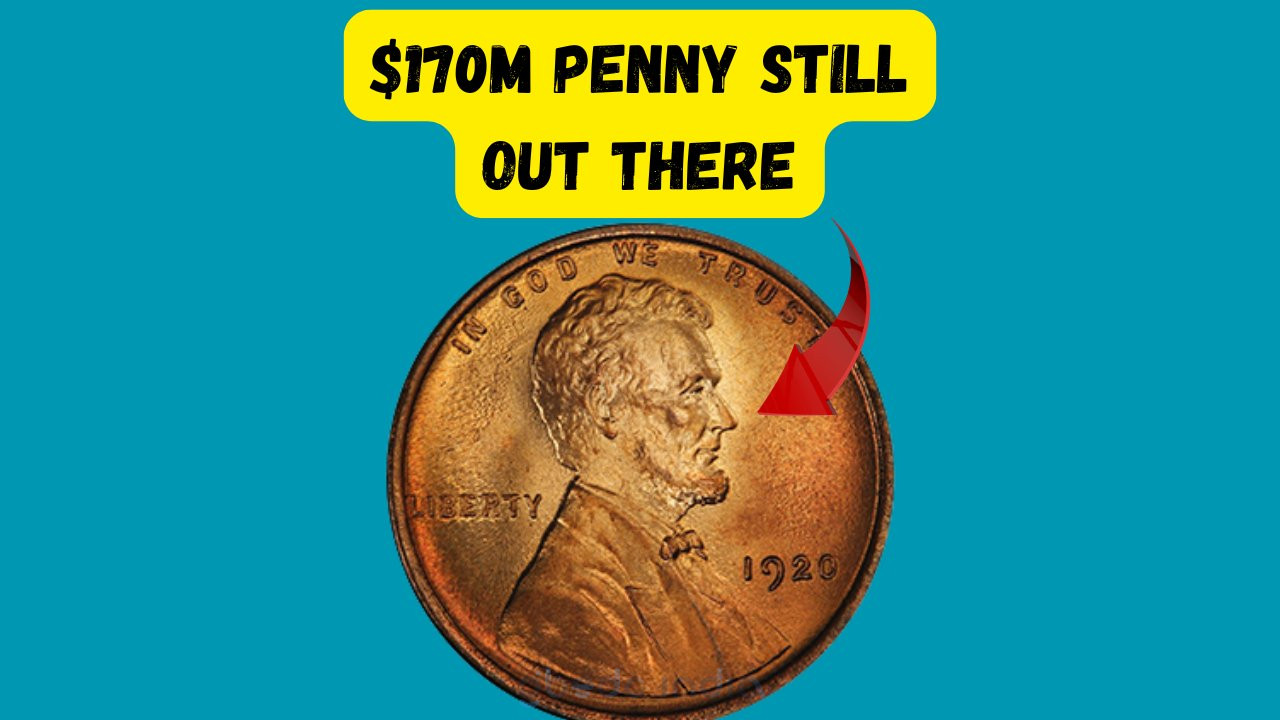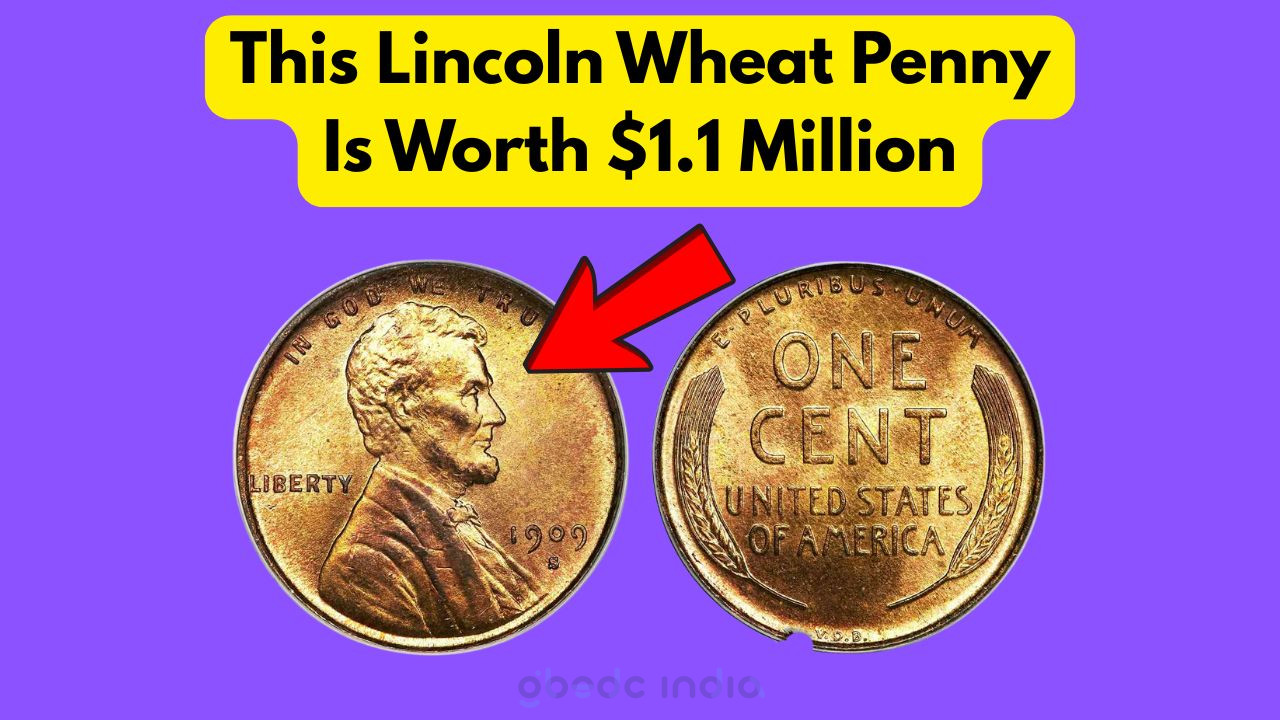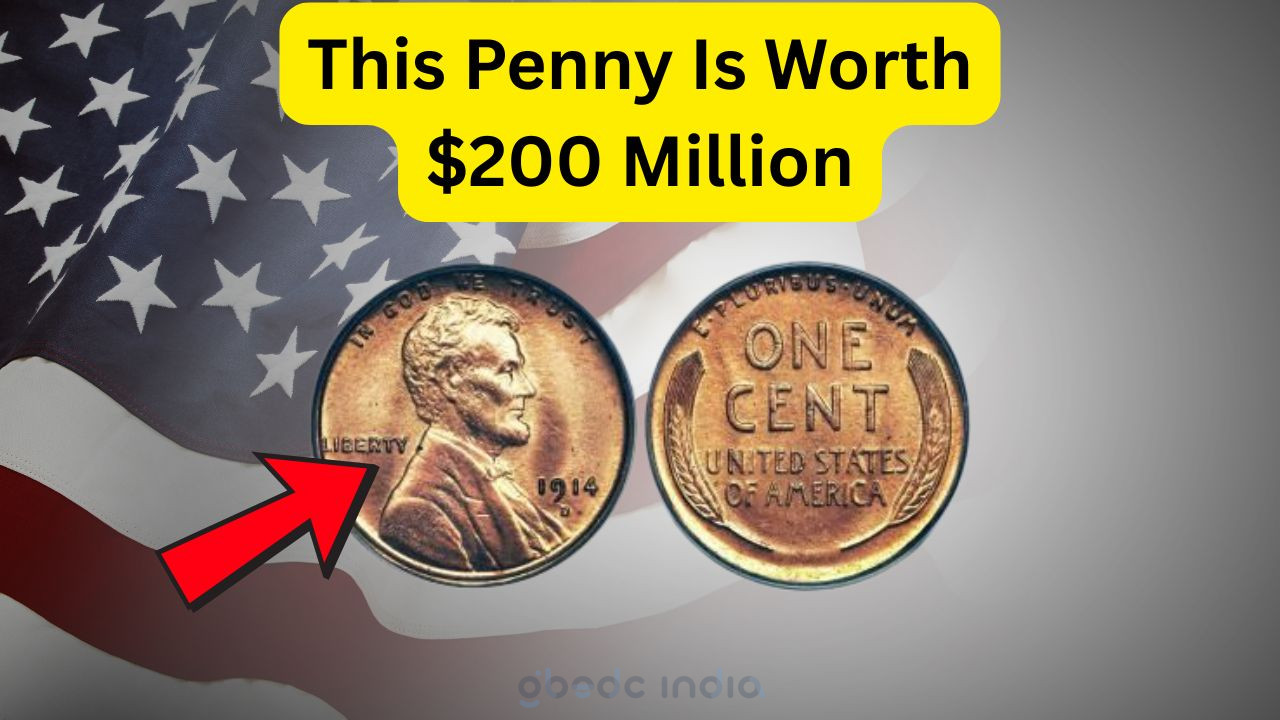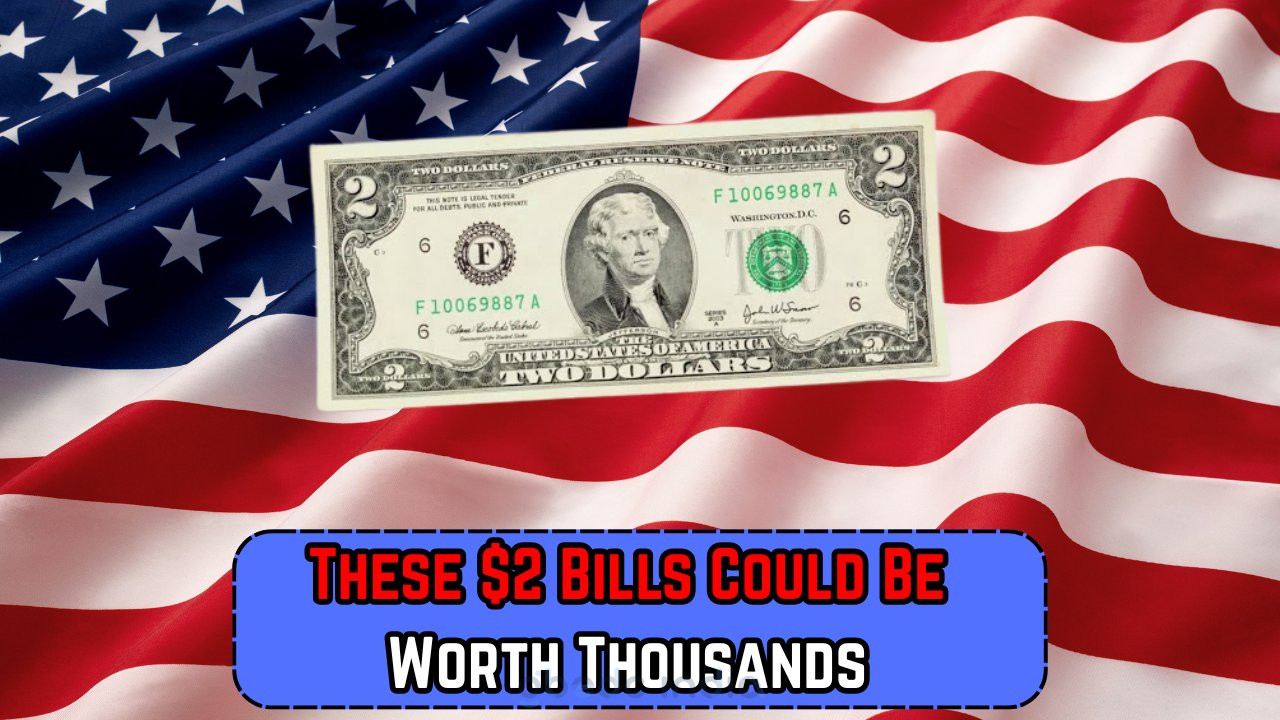Rare Mercury Dime Worth Millions: In the world of numismatics, few discoveries create as much excitement as the idea of a rare coin still in circulation. One such coin that has captured the imagination of collectors and investors alike is a Mercury Dime that could potentially be worth a staggering $21.31 million. This astonishing valuation has sparked a frenzy among coin enthusiasts and treasure hunters eager to find this elusive piece of history.
Understanding the Value of the Mercury Dime
The Mercury Dime, minted between 1916 and 1945, is one of the most iconic coins in U.S. history. Known for its exquisite design featuring Lady Liberty in a winged cap, it symbolizes freedom and thought. But beyond its aesthetic appeal, certain Mercury Dimes have been discovered to possess extraordinary value due to their rarity, historical significance, and condition. Numismatists have long sought after specific years and mint marks, but the allure of finding one still in circulation adds a layer of mystery and potential fortune.
- The Mercury Dime was first introduced in 1916.
- It was designed by sculptor Adolph A. Weinman.
- Minted until 1945 when it was replaced by the Roosevelt Dime.
- Its design symbolizes the freedom of thought.
- Rare versions can be worth millions depending on their condition.
- Key dates include 1916-D, 1921, and 1942/1 overdates.
- Collectors prize coins with original luster and minimal wear.
- Finding one in circulation is akin to discovering hidden treasure.
Factors Influencing the Dime’s Worth
When determining the value of a Mercury Dime, several factors come into play. The most obvious is the coin’s condition, graded on a scale where mint state (MS) ranks the highest. A dime in pristine condition can command prices far exceeding its face value. Another critical factor is the coin’s rarity, often determined by its mint mark and the year it was produced. Dimes minted in Denver or San Francisco are generally more valuable than those from Philadelphia due to lower production numbers. Additionally, historical context and demand within the collector’s market significantly impact a coin’s worth.
| Year | Mint Mark | Condition | Estimated Value | Notable Features |
|---|---|---|---|---|
| 1916 | D | MS65 | $100,000+ | Very Rare |
| 1921 | P | MS63 | $40,000 | Low Mintage |
| 1942 | /1 | MS67 | $80,000 | Overdate |
| 1945 | S | MS65 | $1,000 | Last Year of Issue |
| 1942 | P | MS66 | $500 | Common |
| 1931 | S | MS64 | $1,500 | Scarce |
| 1919 | D | MS65 | $3,000 | Desirable |
| 1931 | P | MS63 | $200 | Average |
How to Identify a Valuable Mercury Dime
Identifying a valuable Mercury Dime requires a keen eye and a bit of numismatic knowledge. Collectors should start by examining the coin’s date and mint mark, which can be found on the reverse side near the bottom. Coins from certain years, such as the 1916-D or 1921, are particularly coveted. The condition of the coin is equally important; even a rare date can be significantly devalued by wear and damage. Using a magnifying glass or loupe can help reveal details such as die errors or overdates that might not be visible to the naked eye.
- Date and Mint Mark: Check the year and location.
- Mint Condition: Look for minimal wear.
- Die Errors: Overdates or misprints add value.
- Metal Composition: Silver content affects worth.
- Historical Significance: Rarity due to low production.
Steps for Coin Evaluation
Before jumping to conclusions about the value of a Mercury Dime, it is crucial to have the coin evaluated by a professional. This process involves several steps, starting with a thorough visual inspection. Next, the coin should be weighed and measured to ensure it meets the standard specifications. Collectors might also use a magnet test, as genuine silver should not be magnetic. If a coin appears promising, sending it to a certified grading service can provide an official appraisal, which not only verifies its authenticity but also assigns a numerical grade that can enhance its marketability.
- Visual inspection for wear and damage.
- Weight and measurement comparison.
- Magnet test for authenticity.
- Professional grading for accurate assessment.
- Consultation with experienced numismatists.
Common Coin Grading Terms
Understanding common coin grading terms is essential for anyone interested in the value of Mercury Dimes. Terms like “Good,” “Fine,” “Very Fine,” “Extremely Fine,” and “Mint State” (MS) are used to describe a coin’s condition. Each term indicates a different level of wear and preservation, with Mint State representing a coin that looks as it did when it was first produced. The numerical grading scale, ranging from 1 to 70, is also widely used, with higher numbers indicating better condition. Familiarity with these terms can help collectors make informed decisions about their investments.
- Good (G): Heavily worn, design barely visible.
- Fine (F): Moderate wear, major details clear.
- Very Fine (VF): Light wear, all details distinct.
- Extremely Fine (XF): Minor wear, sharp details.
Protecting Your Coin Collection
Preserving the value of a Mercury Dime collection requires proper storage and handling. Coins should be kept in a dry, cool environment to prevent tarnishing and corrosion. Acid-free holders or albums are ideal for individual coins, while airtight containers can protect multiple coins. It’s also important to handle coins by their edges to avoid leaving fingerprints or oils that can damage the surfaces. Regularly inspecting the collection for any signs of deterioration and cleaning coins only with recommended methods can ensure that they remain in optimal condition for years to come.
- Store in a stable, cool environment.
- Avoid direct sunlight and humidity.
- Use acid-free holders or albums.
- Handle only by the edges.
- Inspect regularly for signs of damage.
Investing Wisely in Rare Coins
Investing in rare coins such as the Mercury Dime can be a rewarding venture if approached with knowledge and caution. Potential investors should familiarize themselves with current market trends and values by consulting reputable price guides and auction results. Networking with experienced collectors and dealers can provide valuable insights and opportunities. It’s also wise to diversify investments by acquiring coins from different periods or series. As with any investment, patience and due diligence are key, as the value of rare coins can fluctuate based on market demand and economic conditions.
- Research current market trends and values.
- Network with experienced collectors and dealers.
- Diversify by investing in various coins.
- Be patient and allow time for value appreciation.
Understanding Coin Auctions
Coin auctions offer a unique opportunity for both buyers and sellers to engage in the numismatic market. Understanding how auctions work can be beneficial for those looking to acquire or sell rare coins like the Mercury Dime. Auctions can be live, online, or conducted by mail, each with its own set of rules and procedures. Bidders should set a budget and conduct thorough research on the coins up for auction. Familiarity with auction terminology, such as “reserve price” and “hammer price,” can enhance the bidding experience and help participants make informed decisions.
- Live Auctions: Attend in person for immediate bidding.
- Online Auctions: Convenient, with global access.
- Mail Auctions: Traditional, with detailed catalogs.
- Reserve Price: Minimum acceptable price for sale.
Tracking Coin Values over Time
Tracking the value of rare coins, including the elusive Mercury Dime, involves monitoring trends and historical prices. Numismatists often use tools like price guides, auction results, and market analysis reports to understand how values change over time. This data can help collectors and investors predict future trends and make informed decisions about buying or selling. Keeping records of past transactions and valuations can also provide insights into the performance of specific coins within a collection, guiding future investment strategies.
| Year | Average Value Increase | Coin Market Trends |
|---|---|---|
| 2015 | 8% | Stable Growth |
| 2016 | 10% | Increased Demand |
| 2017 | 5% | Market Correction |
| 2018 | 12% | High Interest |
| 2019 | 9% | Steady Gains |
For collectors and investors alike, the Mercury Dime represents more than just a piece of currency; it is a historical artifact and a potential gateway to significant financial gain. Whether you’re a seasoned numismatist or a curious novice, the pursuit of this rare coin is as thrilling as it is rewarding, offering a chance to hold a piece of history in the palm of your hand.
FAQ Section
What makes the Mercury Dime so valuable?
The Mercury Dime’s value comes from its rarity, historical significance, and condition. Certain years and mint marks are particularly sought after.
How can I identify a rare Mercury Dime?
Check the date and mint mark, look for unique features like overdates, and assess the coin’s condition for minimal wear.
Why do coin values fluctuate?
Coin values fluctuate based on market demand, economic conditions, and trends within the numismatic community.
Where can I sell a valuable Mercury Dime?
Valuable Mercury Dimes can be sold through auctions, coin dealers, or online marketplaces specializing in rare coins.
Is it safe to clean my rare coins?
It’s generally advised not to clean rare coins, as improper cleaning can damage them and reduce their value.
